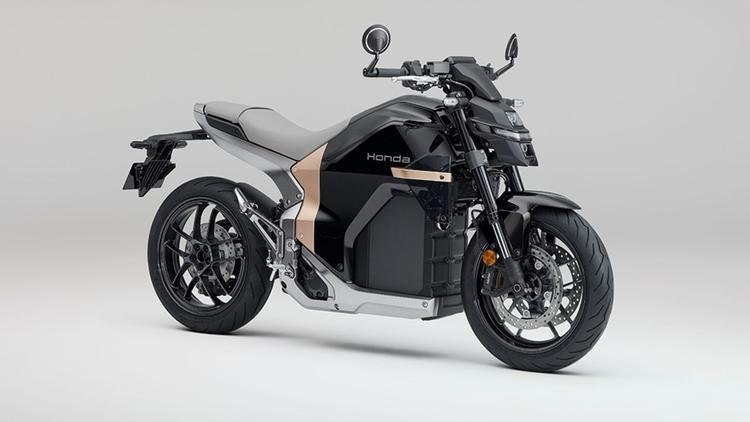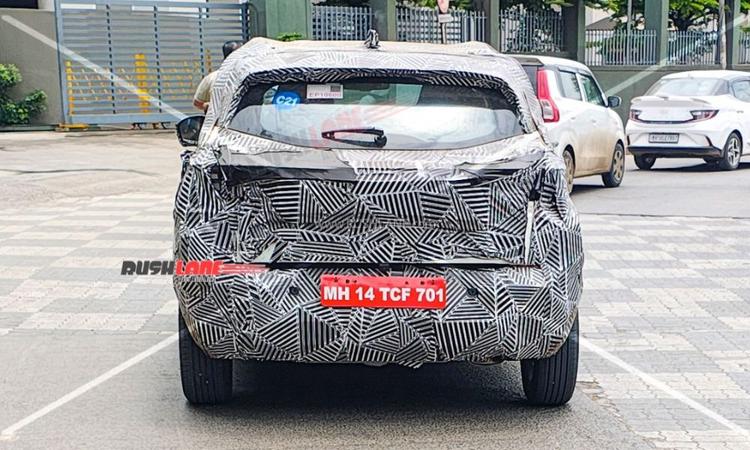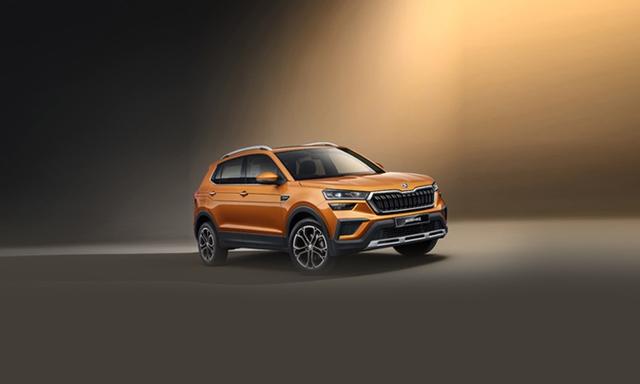Who Should Buy The Skoda Kylaq? 3 Pros And 3 Cons

Highlights
- The Skoda Kylaq is one the best driver's car in the segment
- PROS: build quality, features and performance
- CONS: No engine options, attention to detail, city mileage
The Skoda Kylaq is one of the recent additions to the subcompact SUV space, and we have told you a lot of things about Skoda's most affordable offering. Every time we have gotten behind its wheel, we have been left impressed. In fact, it even managed to impress the jury of the car&bike Awards, which bagged it not just the Subcompact SUV of the Year 2025 but also the prestigious Car of the Year Award 2025.
But if that is not enough to decide whether the Kylaq is right for you, then this article might help. Here, I talk about three things that I totally love about the SUV, which are some big reasons to buy the Kylaq and three things I see as its shortcomings that might deter some car buyers.
3 Reasons to ‘BUY’ Skoda Kylaq
1. Good Size & German Build
The Skoda Kylaq is made like a proper German car with a solid build quality and robust design. Everything feels well put together, and it is also well-proportioned. It’s compact enough for the city and sturdy enough for long highway runs and mile munching.

If that’s not enough, the SUV has also scored a 5-star safety rating from the Bharat NCAP. There are more than 25 safety features that are offered as standard fitment, including 6 airbags, ABS, EBD, electronic stability control and traction control.
Also Read: Skoda Kylaq Review: This Pint-Sized Czech Is Gutsy Too
2. Feature-Packed & Simply Clever

The Skoda Kylaq might not be loaded like some of its Korean rivals, but you get all the important bits, and most of them are standard. Skoda’s Crystalline LED headlights are standard with the only exception being the top-spec model gets projectors instead of reflectors. LED DRLs and LED taillamps are standard, and so is the height adjustment for the driver’s seat. Skoda also offers adjustable headrests for all occupants, electrically adjustable ORVMs, and tilt and telescopic adjustment for the steering wheel.

As you move up the variant list features like cruise control, TPMS, touchscreen display with Android Auto and Apple CarPlay get added to the list. The top-spec model offers a wireless phone charger, and 17-inch alloys, along with ventilated front seats with power adjustment for both driver and co-driver. In fact, it’s the only car in the segment to offer a power-adjustable front passenger seat.

Then you have Skoda’s ‘Simply Clever’ features like – the ticker clip on the windshield, stationary compartment inside the glovebox, and a padded cup holder among others.

Also Read: Skoda Kylaq Review: This Pint-Sized Czech Is Gutsy Too
3. A Proper Driver’s Car!
The Kylaq is the smallest offering from the VW Group right now, and the biggest reason to get the car is the under its bonnet. The 1.0-litre TSI motor offered here is the same one you get with the Kushaq and Slavia, and there is no change in power figures either. You get the same 114 bhp and 178 Nm of peak torque, mated to either a smooth 6-speed manual or a quick 6-speed automatic torque converter unit.

The power delivery is strong, the acceleration is quick, and the Kylaq handles like a charm. It feels planted alright, but it’s also quick on its toes and a lot of it has to do with the fact that it’s lighter and smaller than the Kushaq while offering the same output. Will you miss the DSG here? I don’t think you will!

Also Read: car&bike Awards 2025: Skoda Kylaq Crowned Car Of The Year
3 Reasons to ‘NOT BUY’ Skoda Kylaq
1. No One Engine

While I love the engine, I would have also liked to see some engine options here. Most car buyers like to have choices, and the Kyalq doesn’t offer much. Rivals like Tata Nexon, Hyundai Venue, Kia Sonet, and Mahindra 3XO – all come with both petrol and diesel engine options.

Yes, VW Group doesn’t offer diesel cars anymore in India, but the company could have at least brought in a naturally aspirated petrol motor like the ones you get in Venue and Sonet for the lower variant and prices it slightly cheaper. This would have opened the Kylaq to buyers looking for a frugal car over a spirited one, which, let’s be frank, is a much wider customer base.
2. Attention to Detail

While I like the layout of the cabin and the features on offer, what is a problem for me is the attention to detail and the quality of materials used. Yes, it all looks nice the feel factor could have been better. The plastic panels used inside the cabin are a bit hard, and Skoda could have gone for better quality or soft-touch material. I also noticed a panel gap on the driver-side door armrest, which is something I did not expect here.

I am also not a fan of the cost-cutting methods. Despite strong competition, the Kylaq still doesn’t get 360-degree view cameras; literally every other SUV in the segment offers one. Even the quality of the rear camera is not very good and that’s an issue for me. Also, the Kylaq doesn’t get a panoramic sunroof, only a single-pane electric sunroof, while it might be an issue for some buyers, I don’t think it’s a deal-breaker.
3. City Fuel Efficiency
Now Skoda claims that the Kylaq can return a fuel efficiency between 19.05 kmpl (AT) to 19.68 kmpl (MT). While on paper it’s a good number, I had to put that claim to the test.

To get an accurate figure, we tested the Skoda Kylaq both in city conditions as well as the highway and took out an average. The tank was filled up to the brim, and the Kylaq was driven on a predetermined city loop of 83 km, with a max speed of up to 55-60 kmph. At the end of the cycle, the total fuel consumed was 9.3 litres, which gives us a city fuel economy of just about 9 kmpl. Now it’s decent compared to an average petrol vehicle, but nowhere near to the claimed mileage.
Also Read: Skoda Kylaq Petrol Automatic: Real-World Fuel Efficiency Tested
Bonus Point
But what will surprise you is the highway mileage, which I feel is a bonus point in the pro section. The parameters set for the highway testing were largely similar, the only difference being that the speeds were kept between 85-100 kmph. The total distance covered here was 94 km and the total fuel consumed was 5.3 litres, which gives us a highway fuel economy of 19.4 kmpl. Now, this is more than the claimed mileage of the automatic petrol variant.
Conclusion

So, in a nutshell, then, the Skoda Kylaq does have some shortcomings, but I feel the pros here certainly outweigh the cons. And even more so if you do lots of highway and long-distance driving. But it all boils down to the price, and at a starting price of Rs. 8.25 lakh, going up to Rs. 13.99 lakh (ex-showroom) it certainly offers great value.


















